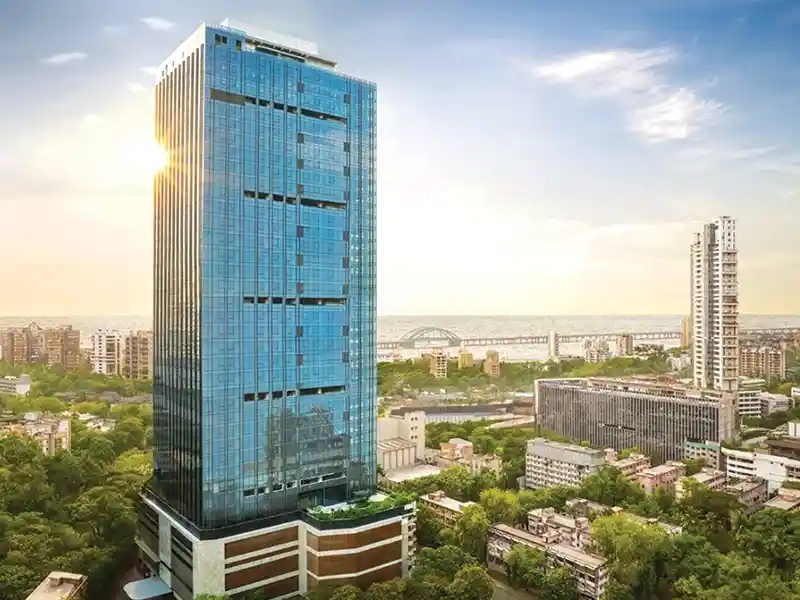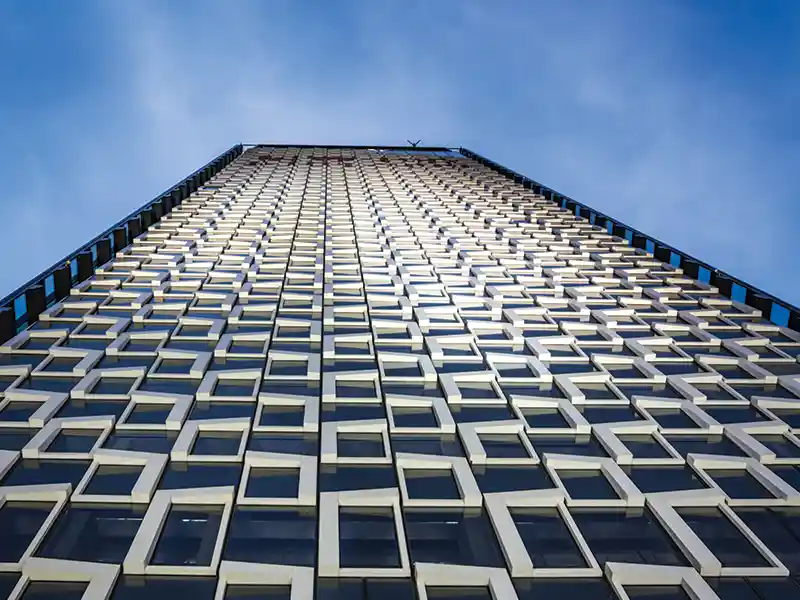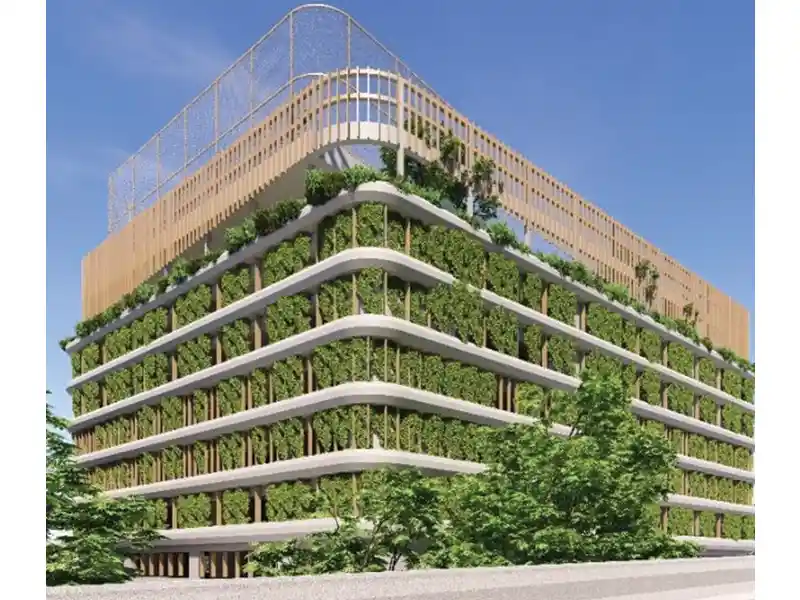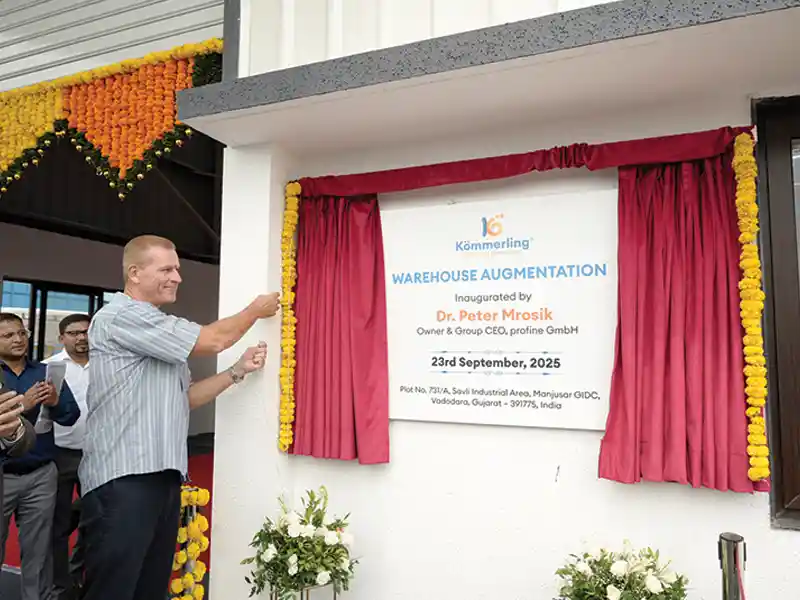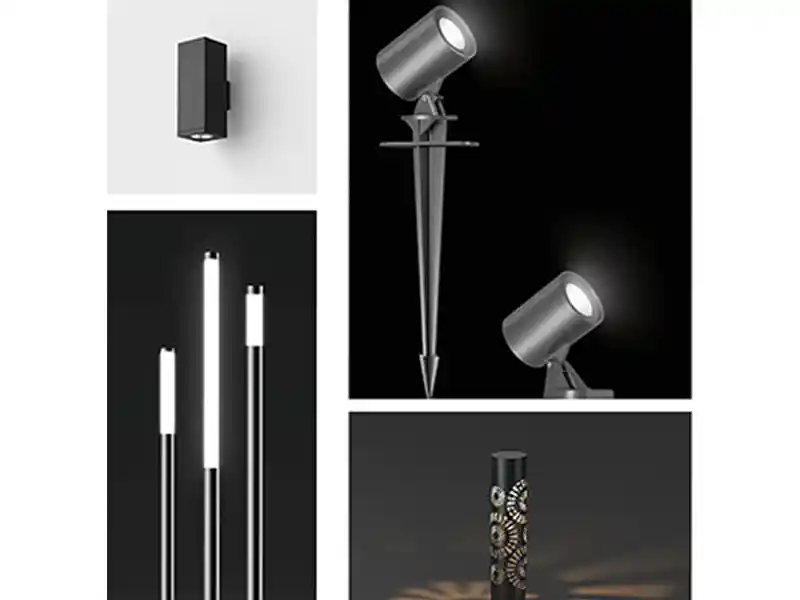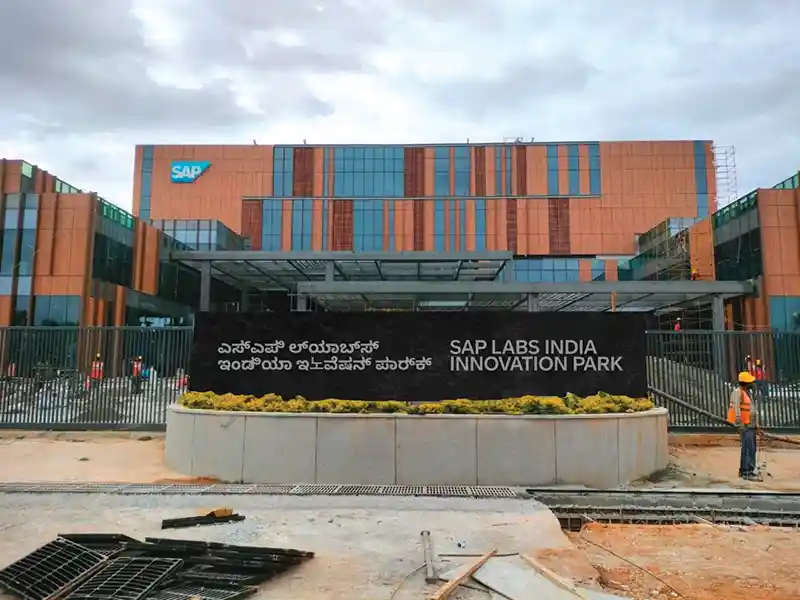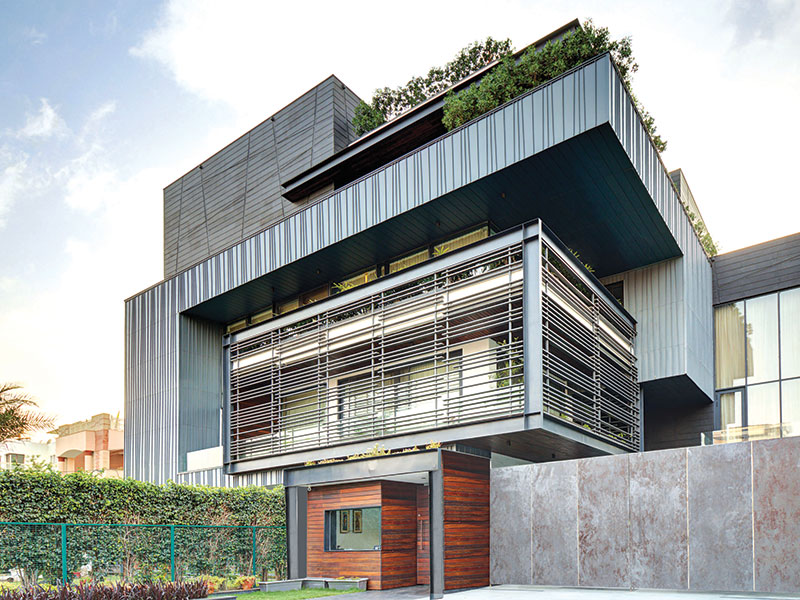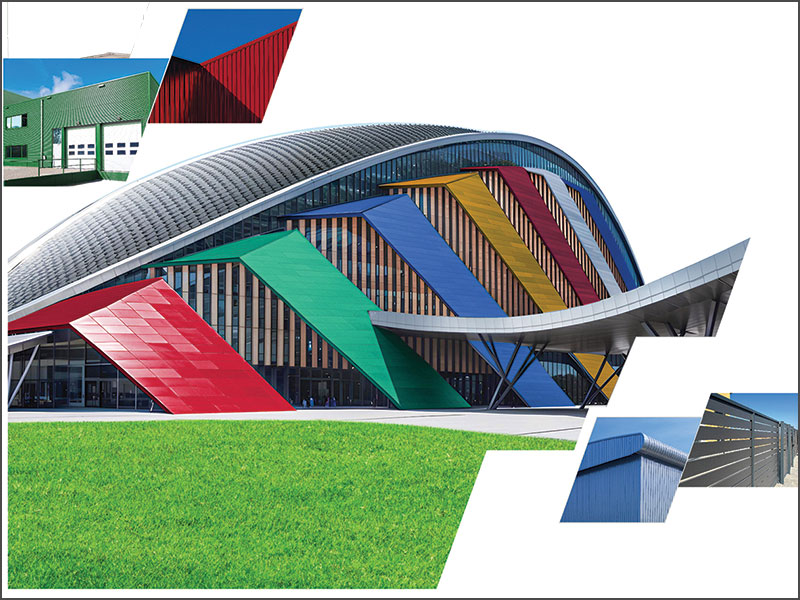With the rapidly growing urban population and resultant issues of congestion, air pollution, and climate change, the demand for healthier buildings has never been as opportune. Building facades, aside from serving their primary protective and aesthetic purposes, have evolved into much more. By blocking outdoor pollutants such as particulate matter and promoting the flow of fresh air indoors, building facades can provide better air quality and thermal comfort for occupants.
 Green wall façade purify surrounding air, reduce heat island effect and mitigate air pollution
Green wall façade purify surrounding air, reduce heat island effect and mitigate air pollutionNatural Ventilation
Natural ventilation is one of the most effective techniques to ensure higher IAQ. Designing facades with operable windows, vents and openings provide fresh air inside buildings, promotes airflow and reduces the load on mechanical air conditioning and ventilation systems. The use of double-skin facades with two layers of walls and an air gap in between can be particularly effective. The air gap allows for natural air circulation and cools the building, while the outer skin helps reduce the solar heat gain. This assists in regulating the indoor thermal environment, reducing noise, dust and other pollutants. It also allows for creative façade design as the outer skin can be sculpturally customized, generating an interesting visual composition in the building’s elevation.One of the projects designed by S9 Architecture on Staten Island is an example of such façade design where the glass façade curtain wall system creates the thermal enclosure while the undulated terracotta panels in front create a dynamic façade composition in addition to providing solar shading.
Biophilic design, where nature is integrated into the façade design, has been gaining popularity in recent times, as it can help promote mental and emotional well-being. Living facades featuring green walls and vertical gardens serve as natural air purifiers, absorbing carbon dioxide and releasing oxygen, while reducing the urban heat island effect and mitigating air pollution. Buildings such as the Tata Consultancy Services Campus and Singapore Changi Airport are great examples of projects where such strategies have been successfully implemented. S9 Architecture’s design for a residential project in Hell’s Kitchen neighborhood includes such a green wall façade facing a public park.
Façade Materiality
Materials are fundamental to the effectiveness of building facades. Today’s facade materials are engineered not only for durability and aesthetics but also for their ability to filter air, reduce pollution, and improve energy efficiency. Volatile Organic Compounds (VOCs) are a major source of indoor air pollution and using low-VOC materials minimizes the number of harmful gases that are released inside the buildings. Several new buildings are using low-VOC paints and finishes as a standard practice since is a relatively low-cost solution to making a big difference in enhancing IAQ.Photocatalytic coatings that use sunlight to create a chemical reaction to break down air pollutants can be effective, particularly in areas with high pollution levels. These coatings when applied to the exterior envelope can purify the surrounding air in addition to protecting the building from dust and microorganisms. An example of such coatings used on a building is the Torre Reforma building in Mexico. Such innovative materials allow building facades to actively engage with their surrounding environments and improve indoor living conditions.
Additionally, using reflective materials in façades and lighter colored finishes can contribute to an overall increase in IAQ, by reducing the surrounding air temperatures which can then be harnessed for building’s mechanical systems.
Materials are fundamental to the effectiveness of building facades. Today’s facade materials are engineered not only for durability and aesthetics but also for their ability to filter air, reduce pollution, and improve energy efficiency.
Ar. Saurabh Goenka
Advanced Building Technologies
As buildings get smarter with the advent of technologies and Internet of Things (IoT), building facades can behave almost like living organisms. Smart facades can be installed with sensors to continuously monitor the changing weather conditions in real-time and accumulate relevant metrics for pollutant levels and air quality. Self-operating windows, vents and air filtration systems can maintain optimal air quality levels and when integrated with the building’s mechanical systems, these technologies can optimize energy usage and reduce the building’s overall carbon footprint. Integrating dynamic self-opening and closing exterior louvers in façade designs allows for automatically regulating external heat gain, thereby reducing the loads on mechanical air conditioning systems.Cost and Construction
 Double skin façade benefits the project’s indoor air quality and thermal comfort
Double skin façade benefits the project’s indoor air quality and thermal comfortWhile the initial investment can be higher when compared to building conventional façade systems, a life cycle analysis must be performed to understand various long-term benefits such as lower operating costs and energy usage. A quantification study of improved health and productivity may also help offset the higher initial investment.


